The context of the Dreamcast's "failure" has been documented numerous times and to further detail than this article intends to go into. In a nutshell, SEGA's business errors across a number of years, circa 1991-1998, caused a catalogue of problems which diminished any trust, value, and favour that it had so eloquently built up with the Mega Drive/Genesis. On one side there was corporate greed, to continually release add-on peripherals at high prices, and on the other side there were two fractioning headquarters in SEGA of America and SEGA of Japan, both with different ideas on how proceedings should be rolled out. Between 1993 and 1995, SEGA released the following ill-fated devices in Europe: Mega CD, 32X, and the SEGA Saturn.
The Mega CD and 32X were add-ons to the Mega Drive which allowed users to play more powerful games, but unfortunately neither device was particularly well supported, and served as a stop gap until the SEGA Saturn released. Unfortunately, that didn't fare much better (other than in Japan), with a hefty price tag and a shock release that took the industry by surprise. During these years SEGA had diminished trust within the market place who couldn't quite trust what SEGA were planning to do next, and what system to develop for. Competition from Sony, Nintendo, and even Atari, rushed SEGA into constantly releasing products with little thought or support. To rectify this, SEGA pulled together the Dreamcast and planned out its launch with much greater organisation in the hope that it would help win back the trust and support that they had lost in the years prior.
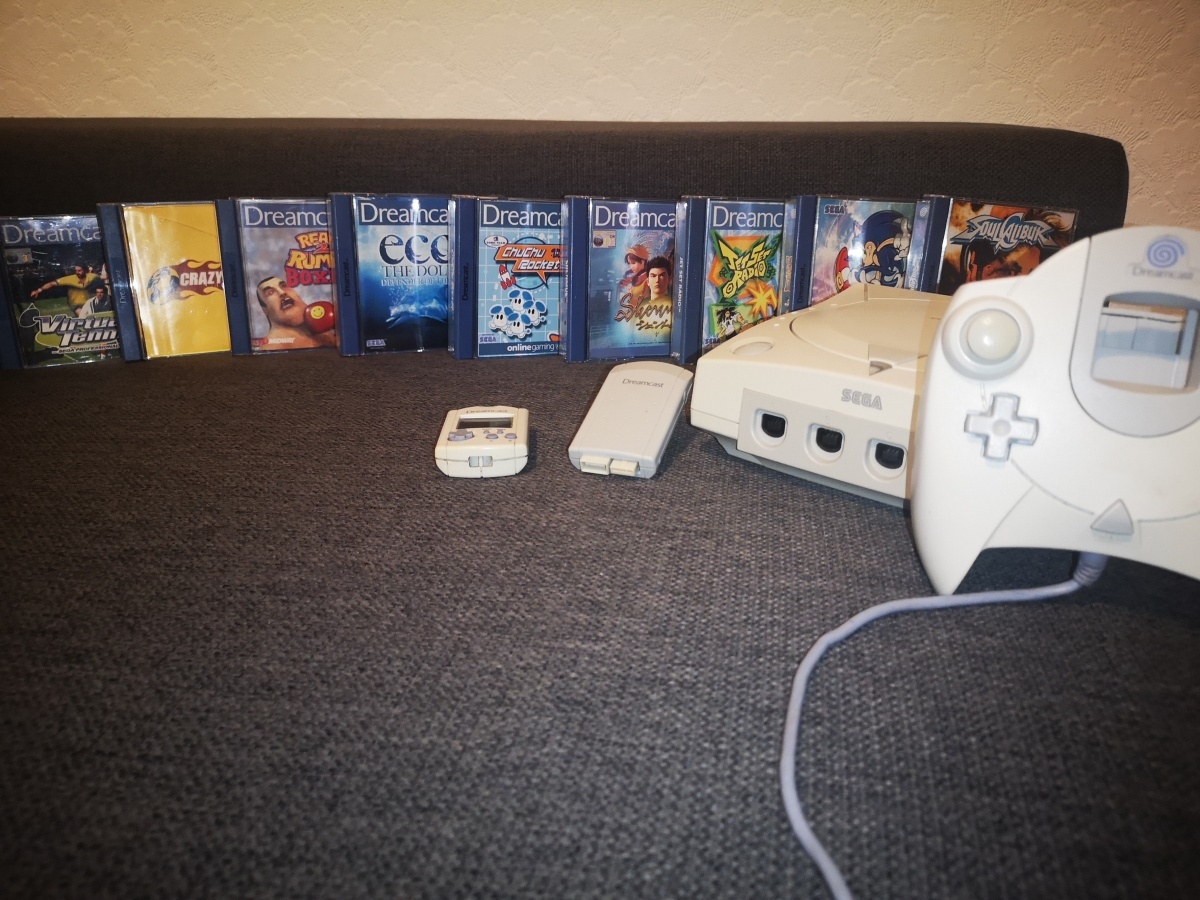
The Dreamcast itself was gaming innovation at its best. It was prepared for the looming millennium, and was incredibly advanced for the time, even besting many games available on PC. Gamers of today know of consoles where terms such as 4K and HDR are thrown around to accentuate the power and visual quality delivered by behemoths such as the Xbox One X or PS4 Pro. The lexicon in '90s specified on one thing; bits, which incidentally mean something completely different in the millennial language of today. Nonetheless this was a time where bits mattered, thus marketing departments everywhere played up on the bits, just like camera manufacturers bragging about the number of mega pixels. Therefore, in comparison the Dreamcast was ahead of the aptly named 1996 released Nintendo 64, and Sony's vastly successful, but ageing, PlayStation, which only had 32 bits. The Dreamcast was touted as the first of the 128-bit generation that boasted an inbuilt modem designed for online play, four controller ports, VGA output and an innovative interactive memory card, known as a Visual Memory Unit (VMU).
The controller bore similarities to the SEGA Saturn's 3D pad but SEGA threw in a few modifications to make it more ergonomic, including moving the face buttons to a diamond formation, popularised by the Super Nintendo and PlayStation. Like the Saturn's 3D pad the analogue triggers were kept in but the middle of the controller now had an empty gap which housed two available ports, commonly used for the VMU and vibration packs. The Dreamcast's controller was far from comfortable, it just didn't sit in the hands anywhere near as comfortably as the PlayStation controller but it was its uniqueness that has somewhat cemented its fervent popularity to this day.
The Dreamcast itself is probably one of the best-looking consoles of all time - it is slim and sleek in its design. It is pretty light in weight, considering that it houses a disc drive and that it was one of the only consoles of its time that didn't have an external power AC brick adapter. It is well branded, sporting a SEGA logo next to the controller ports, and a Dreamcast logo on the top part of the base. While there are other special edition colours available, the Dreamcast was mainly sold as a white/grey colour scheme which looked more aesthetically pleasing than the murky grey of the PlayStation.
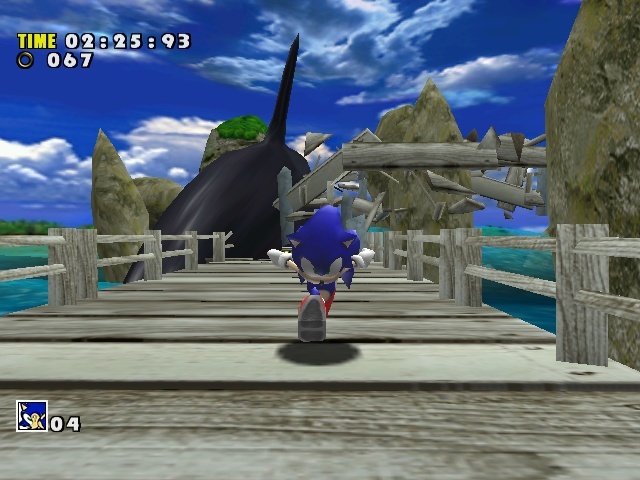
The Japanese Dreamcast launch went terribly, hampered by production issues that caused low levels of finalised units ready for days. Furthermore, planned launch window games were pushed back significantly, meaning only four titles were on sale, the stand out title being the very popular arcade hit, Virtual Fighter 3tb. The Dreamcast shifted one million units in six months in Japan, and that figure was achieved in just 11 weeks in the US, largely thanks to a big budget marketing campaign focused on the launch date of 9/9/99.
Gamers of today often complain about having to wait days or even hours for the latest gaming release - gamers in the '90s often had to wait notoriously long for localised releases. After all, who can forget the three year wait Europeans had to endure for Super Mario Bros 3. The Dreamcast was no different, in fact the Dreamcast's European launch was pushed back several months on the excuse that SEGA had to still negotiate the online infrastructure with European telecoms companies. The advantage of the delay was that Europeans had an army of titles ready for the system on day 1. That is why on 14 October 1999 the European launch of the Dreamcast has amassed a stellar line up of titles spearheaded by Sonic Adventure, Power Stone and Blue Stinger, albeit nearly a year after the Japanese launch.
The UK was a stronghold for SEGA, which it had notoriously been seen as one of the biggest gaming markets in the world. A large marketing budget was dedicated towards the launch of the system across the country, which saw a number of events happening across London to promote the new system, SEGA even went as far to sponsor football teams across the continent including Arsenal which had varying kits promoting SEGA and the Dreamcast. European sales saw it hit the one million mark after approximately six months on the market, matching a similar pace set by Japan.
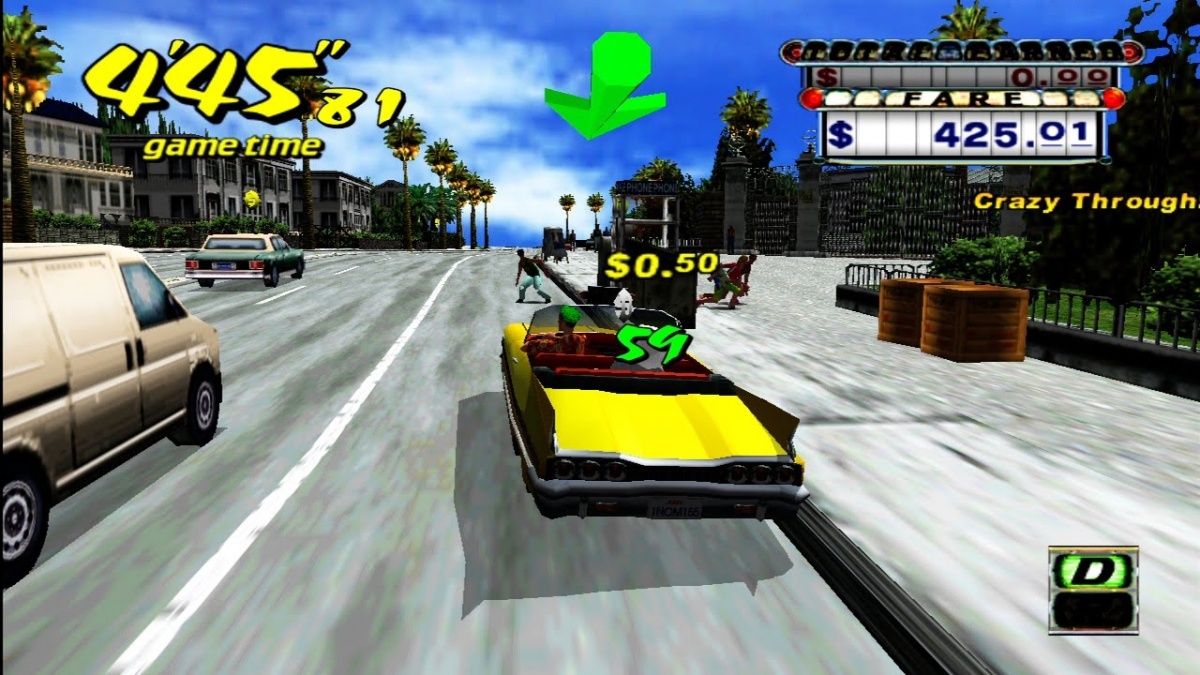
Despite great initial sales, including the fastest selling console launch of all time, SEGA's woeful financial situation meant it needed to keep up the incredible pace it set or face being wound up - this may have been achievable had Sony not compounded their problems even further. The impending threat of the PlayStation 2 loomed over SEGA bigger than the human population thinking that the Y2K bug would destroy the world. Further problems were added when SEGA's proprietary format, the GD ROM, ended up being one of the easiest consoles to pirate games for, which definitely took a chunk of change outside of SEGAs pocket.
Considered a commercial failure, the Dreamcast was decommissioned within a few years of its launch - those in the west saw a total of 13-16 months from launch to the official date where SEGA threw in the towel, January 1st, 2001. Despite this a large number of games were highly rated, a number of these were from the arcades where many titles used SEGA's Naomi hardware which had similarities to the basic system architecture found on the Dreamcast. Nonetheless the Dreamcast built up a cult following during the few years it was officially on the market, so much so that many solo independent developers still continued to create games for the system through the homebrew community. In fact, a more recent renaissance for the Dreamcast has seen a number of unlicensed games come to the system in most recent years with others being developed into 2020 and maybe even beyond.
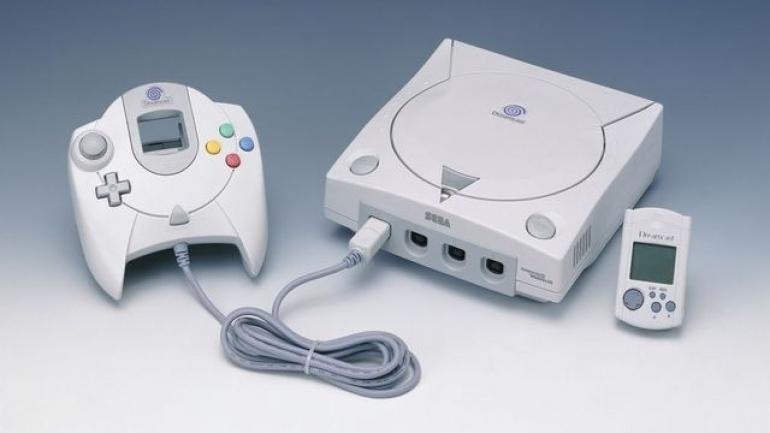

 Sign In
Sign In 13.10.2019
13.10.2019
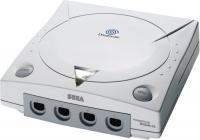
 Subscribe to this topic
Subscribe to this topic Features
Features





 Top
Top

